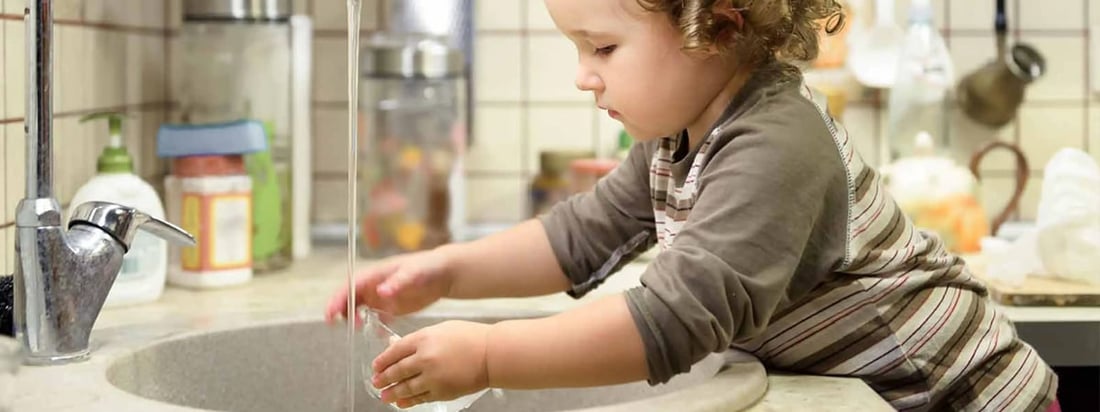Before buying a water purification system you need to know the basics, these parameters are both an important basis for us to evaluate how good or bad a water purifier is.
1, water type
Water purification, water softening and water purification are generally common words used by manufacturers to publicize, usually their connotations are different.
Water purification mainly refers to the central water purification, the main role is to remove large particles of impurities in the water, foreign colors and odors and residual chlorine;
Soft water is mainly to improve the living water, reduce the hardness of the water, the water will not have scale;
Pure water generally refers to drinking water, corresponding to the water purifier or drinking machine is generally installed in the kitchen, bar or tea room, the water can be directly consumed.
General water purifier is based on ultrafiltration, reverse osmosis, selective filtration and other core filtration membranes, coupled with pre-treatment, post-treatment and other multi-channel filtration process, together with the filtration system.
Precision, PP cotton 1 ~ 5 microns, granular activated carbon 0.8 ~ 2 microns, ultrafiltration membrane 0.01 microns, RO membrane 0.5 ~ 10 nanometers.
Common RO reverse osmosis water purifier is generally PP cotton + granular activated carbon + PP cotton (or compressed activated carbon, ultrafiltration membrane) + RO membrane + after the activated carbon of this five-stage cartridge composition.
In fact, the structure of the RO membrane in front of the RO membrane are used to protect the RO membrane to improve its service life. And the increased post activated carbon behind the RO membrane is to purify the odor and improve the taste.
Reverse osmosis water purifier filtration precision is higher, can filter out heavy metals, viruses and bacteria in the water, including minerals in the water, the water quality is better, need to plug in, there is wastewater generation, the price is high.
Another common ultrafiltration water purifier and reverse osmosis filtration principle is similar, only the core technology of ultrafiltration water purifier will be RO membrane into the ultrafiltration membrane. Generally are PP cotton + granular activated carbon + PP cotton + ultrafiltration membrane membrane + post activated carbon composition.
Ultrafiltration membrane, simply put, only allows water molecules, beneficial minerals and trace elements to pass through, becoming purified water. While bacteria, rust, colloids, sediment, suspended solids, macromolecules, organic matter and other harmful substances are retained in the ultrafiltration membrane tube and discharged when the ultrafiltration membrane is flushed.
The filtration precision of ultrafiltration water purifier is suitable for areas with better water quality, and the advantages are long service life of the filter cartridge, large water output, no need to plug in, no wastewater, energy saving and environmental protection, lower cost, and can retain minerals. The disadvantage is that there is no removal of heavy metals and organic pollutants.
Of course, the water purifier cartridge level is not the more the better. For example, RO membrane filtration precision is 0.0001 microns, ultrafiltration membrane precision is 0.01 microns, even if the ultrafiltration membrane superimposed on the tenth level, but also less than 0.0001 micron filtration effect, superposition is not multiplication, so it is not the more the number of filtration levels must be the better.
3, composite cartridge
More and more common so-called N-in-one composite cartridge compared to multi-stage cartridge with easy installation, occupying a small space and other advantages, because it is not universal, the replacement cost will be high.
4, Capacity
We often see the water purifier above the 400G, 600G, 1200G and other different numbers, this is the flux. The flux mainly describes the amount of water purified by the water purifier in 24 hours, where G stands for gallons, and 1 gallon is about 3.78L of water. The higher the flux, the less waiting time and the higher the price.
Taking the 1200G water purifier as an example, the converted water dispensing speed can be up to 3.2 L / min, that is, 3 seconds to catch a full 150mL water cup.
The main flow capacity on the market is currently around 600G, which can meet the needs of a family of three or four. If the water production speed is too slow, especially the mainstream products without storage bucket, it will affect the experience, rather than buy water to drink.
Moreover, the wastewater is not completely wasted, just slightly higher salt content and bacteria than tap water, watering flowers, flushing toilets, doing cleaning is not a problem.
5, faucet configuration
Selection of water purifier faucet is an easy to ignore the details, material selection is not good easy to exist security risks. Try to choose lead-free or even medical POM material faucet.
As for some fancy features, such as display TDS, water quality / cartridge replacement reminder, electronic touch, etc. can be based on the budget and product comparison comprehensive decision-making.

